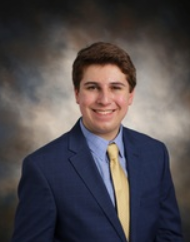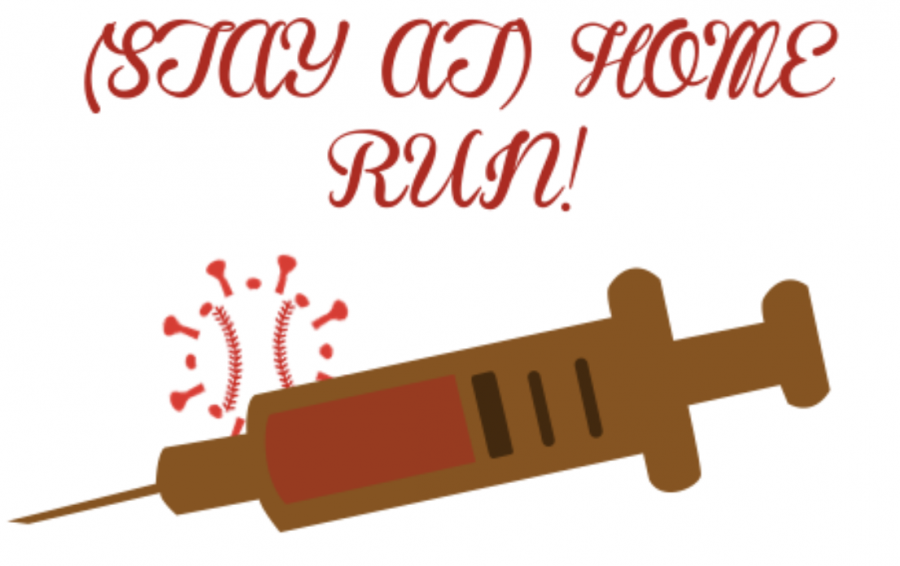(Stay At) Home Run!
In light of COVID-19 pandemic, local athletics adjust hours, protocols, safety measures
3-0 count to COVID-19. He swings and hits a long fly ball deep into the night. COVID-19 has blown this game open with a grand slam!
Nearly 200 days ago, COVID-19 began its All-Star level production; the rest of the world could only watch as an international dead-center fastball was blasted over the center field wall of safety and comfort.
Although some professional leagues instituted “bubble” formats in one central location or implemented daily COVID-19 testing, athletes across multiple sports have deemed 2020 to be a year like no other. That mantra is especially true for smaller-scale athletic organizations.
For the Buffalo Grove Gymnastics Center, this year introduced newfound challenges that ultimately led to its closure after 28 years of serving local gymnasts. The location mentored around 2,500 kids per week at peak enrollment, which totaled around 25,000 to 30,000 students passing through its doors in its entirety. The Center’s closure has affected a myriad of local gymnasts, including varsity boys gymnastics member Daksh Guard ’21.
“We don’t have our own gym at Stevenson, so we used to go to USGTC [US Gymnastics Training Center]. We used to train at Buffalo Grove Gymnastics many many years ago before my freshman year,” Guard said. “With it shut down, it’s harder for other schools [to train].”
Not only has it proven challenging for schools and administrations, but to the whole sport itself. With activities being more limited, attracting more players has been more difficult.
“The closing affected gymnastics as a whole,” Guard said. “Like we’re not a very common sport. And more of the centers shutting down, it’s just hard. Less people are less likely to do it.”
Although football is arguably more common, local teams like the Buffalo Grove Bills—a youth football organization that strives to instill the fundamentals of the game to athletes all the way until 8th grade—also had to make adjustments.
The Bills are a subset of The Chicago Youth Football League (TCYFL), which decided to postpone its 2020 fall season around two months ago. Though the Bills are their own entity within TCYFL and could have canceled their season independently, team president Tom Sibo feels that the decision made by TCYFL was deliberate and effective.
“There’s the big issue [that] schools aren’t open, so they [youth teams] can’t use any fields or facilities,” Sibo said. “There’s quite a bit of towns that actually use high school facilities for games. Also, some park districts won’t let you use their fields or facilities because they have rules, guidelines and protocol for playing when it comes to high-risk sports like football. Most of these are too costly and do require too many resources or people than most non-for-profit teams can accommodate during this pandemic.”
In recent weeks, many collegiate leagues, namely the Big Ten and PAC-12, have reversed course after initially canceling their 2020 fall football seasons. Both conferences now have shorter campaigns that start towards the end of fall.
Despite canceling its season in July, TCYFL may follow a similar course of action. Per Sibo, the league is in the early stages of discussing a spring season. Regardless of if TCYFL returns to action in early or mid-2021, he maintained that he and the Bills would follow whatever protocols or proposed schedule necessary in order to strap on the pads.
Like the Buffalo Grove Gymnastics Center and the Buffalo Grove Bills, the Foglia YMCA of Metro Chicago in Lake Zurich had to significantly alter its protocols after March.
On March 11, a man tested positive for COVID-19 after playing basketball in the building. Though not much information was known at the time about COVID-19 or the square footage with which the man had come in contact, the Foglia YMCA still took the first step to adjusting to a new normal.
“What we did is we disinfected and cleaned the entire building at that point and obviously made adjustments to the building, adding detailed cleaning protocols,” Executive Director Tony Janca said. “That kind of kicked off what we started to develop into a COVID practice of cleaning the facility.”
Consequently, the Foglia YMCA closed its doors from March 17 to August 1. Upon reopening, the location shortened its hours—it was previously open from 5 a.m. until 10 p.m. but now operates between 7 a.m. and 7 p.m. Additionally, members must schedule appointments to use the building’s fitness center or swimming pool; those hoping to attend group exercise classes can book 75-minute sessions until 5:30 p.m.
Janca mentioned that the financial impact of the closure on the Foglia YMCA was “significant.” However, he feels that the facilities’ shutdown may have been even more profound for local constituents.
“Vince Foglia, who was the founder of this building, this was his vision, which was to make this a gathering spot for the community and also where children could come be safe,” Janca said. “The safety is such a big part of this. To close left many people without the ability to gather together, to meet their friends, to meet as a family.”
The effect of postponements and cancellations has also challenged Sibo. As a coach for 6th, 7th and 8th graders, Sibo relishes the time he spends with his players—he even said he learns from them.
“It’s [coaching the kids] like a prescription drug that’ll make you happy for six months, almost,” Sibo said. “Physically, it takes a toll on me, but mentally it’s amazing. It’s good stress.”
In spite of the psychological obstacles that the COVID-19 pandemic may have introduced, Janca views the Foglia YMCA as a community organization with a shared responsibility. He emphasizes the need for the building to set a societal standard.
“It’s our job to help make sure that the community’s aware and [that] we follow all practices and guidelines, [that] we’re living by the standards that are set for us by the CDC or the Department of Public Health or the governor’s office,” Janca said. “Our role is to follow those guidelines and to understand that we’re going to do whatever we can to keep the community safe.”
While trying to ensure safety for the community and athletes, compounded with countless facilities shutting down, Guard believes the boys gymnastics team will be able to pull through even in the midst of a pandemic. In fact, such adversity may have strengthened them as a unit.
“We are a very small and close knit team, so it hasn’t been hard to continue working together,” Guard said. “Even though our season got cut short, I believe that we were able to make good relations with the new members of our team and now we are still just as close seven months into the pandemic.”




